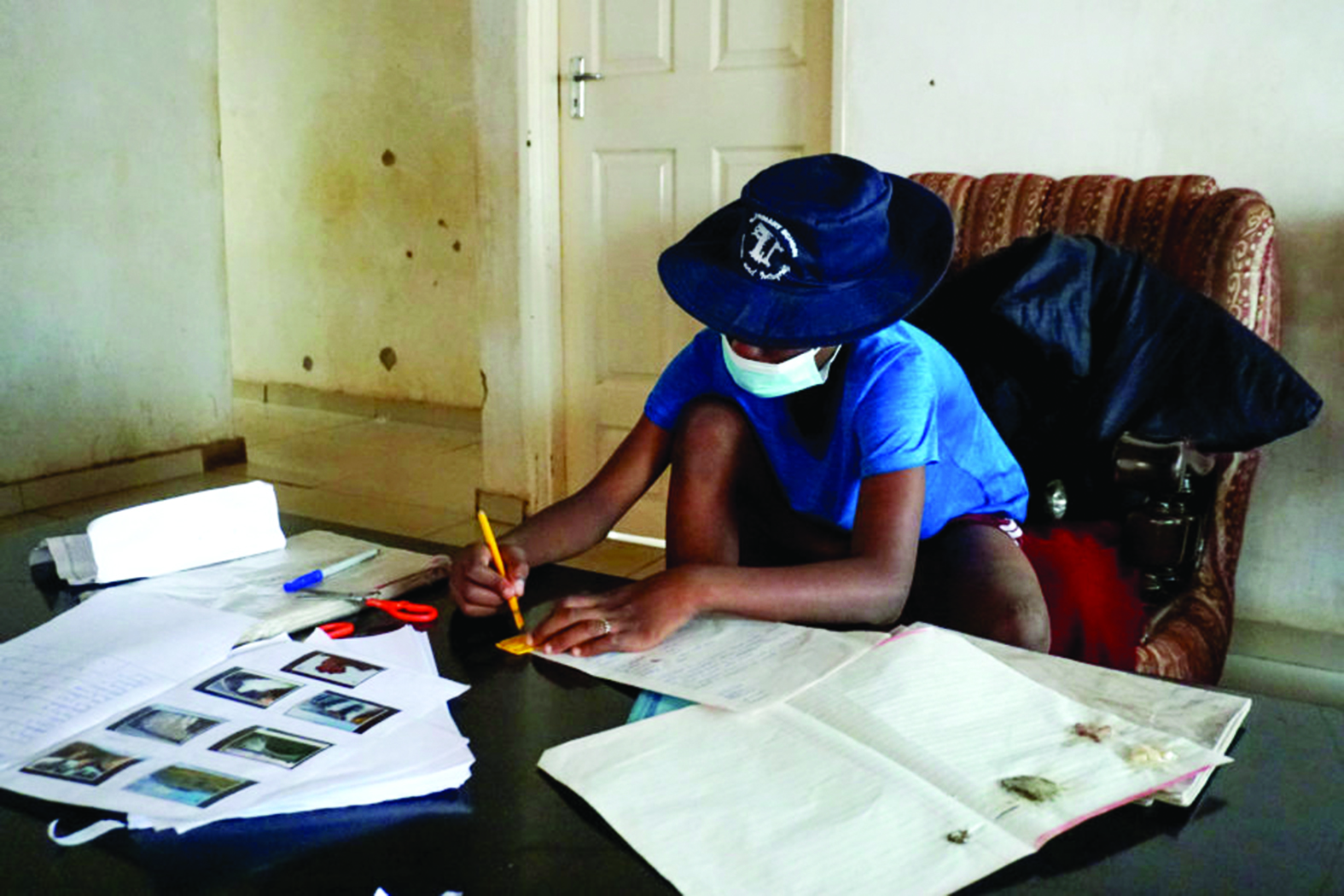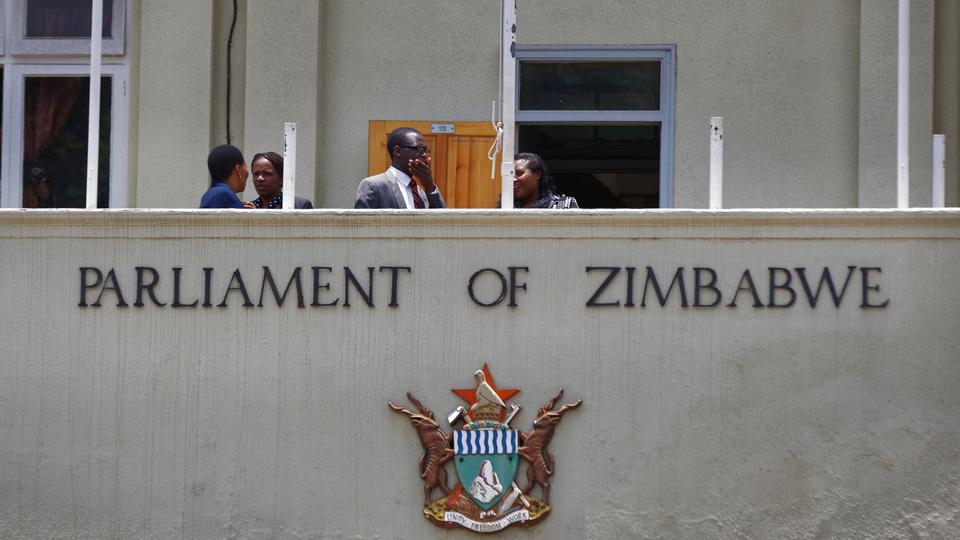
RYAN Mpofu slumps onto a sofa in the living room of his family’s home. He’s too busy to change out of his khaki school uniform.
He tries to ignore the television in the background as he peruses a textbook for pictures of Zimbabwe’s heritage sites, which he needs for a class presentation.
After a few minutes of frantic flipping, his face lights up. He has found one.
The 12-year-old is preparing for the national examination that would qualify him for secondary school admission in 2023, and the assignment is part of continuous assessment learning activity (CALA), a key reform the government introduced last year to revitalize Zimbabwe’s education system and make it more equitable.
But examination results from the inaugural class, which were released in April, have received mixed reactions.
While results show a slight improvement of the pass rate compared with the previous year, government has faced criticism for its uneven rollout.
Primary and Secondary Education ministry spokesperson Taungana Ndoro acknowledges the reform hit challenges when getting started.
He attributes the problems to school shutdowns due to the coronavirus. But the new effort still helped, he says.
- Chamisa under fire over US$120K donation
- Mavhunga puts DeMbare into Chibuku quarterfinals
- Pension funds bet on Cabora Bassa oilfields
- Councils defy govt fire tender directive
Keep Reading
“Continuous assessment assisted learners in their final results because it gave them the opportunity to interact with the practical side of their subjects,” he says.
Compared with the previous year, the 2022 examination pass rates increased slightly, from 39% to 41% for primary schools and from 24% to 26% for secondary schools, says Nicky Dlamini, the spokesperson for the Zimbabwe Schools Examination Council.
The reforms were introduced in 2017 to transform a teacher-centred education system in which students relied entirely on what was taught in the classroom to one that encourages learners to seek knowledge on their own under supervision.
But the rollout was delayed until 2021.
Before the reform, standardised national examinations tested students exclusively on what they learned in the classroom over the previous several years.
Students spent their final year memorising theories without a clear sense of the topics on which they would be tested.
As a result, many of them failed the only examination that determines whether they move on to high school or university.
The new reform evaluates students’ ability to take theoretical concepts from the classroom and apply them to practice.
The points students earn from two years of activities count toward their final examinations, easing the pressure of having to memorize everything.
Gift Nkomo, a 17-year-old who passed five out of six subjects in the national secondary school examination, says that after the coronavirus pandemic interrupted in-person studies, the new projects became an excellent way to make up.
“It’s a great concept because I went into my examinations knowing I had already earned between 25% and 30% of the marks I needed,” he says.
But Nkomo is one of the few students who were fortunate to take advantage of the new reform.
Obert Masaraure, the president of the Amalgamated Rural Teachers Union of Zimbabwe, says most students struggled to complete their CALAs because of the high cost associated with them.
“It became difficult for most parents, especially at a time when people lost jobs due to COVID-19,” he says, noting that the reform still helped some excel.
Zimbabwe used to have an enviable education system. When the late former President Robert Mugabe assumed leadership in 1980, he made education accessible to black children who had been excluded by racist policies of the colonial government he succeeded.
He built new schools and trained thousands of teachers. Zimbabwe spent 2,5% of its gross domestic product on education in 1980, according to United Nations data.
By 1990, that number had risen to 12,5%, far greater than any nation in the world.
Education was paid for with aid from donors and loans from institutions like the World Bank.
But when Mugabe’s rule became repressive, prompting accusations of human rights violations, donors cut the aid.
By 2010, Zimbabwe was spending only 2% of its GDP on education.
The budget constraints led to declining test scores because schools and teachers were not equipped well.
The reform is one of government’s attempts to revive the education system.
Ncube, a high school teacher who requested anonymity, says continuous assessment is a good addition to the education system because it challenges students to become independent learners and thinkers.
“It adds an element of research on the part of the learner, as opposed to students always learning theory,” he says.
But he doesn’t think the activities made any difference in the results released in April, and might have hindered students instead.
“Most students were running around trying to fulfil their CALA obligations instead of concentrating on revising for their final examinations,” he says.
Ncube does, however, believe that the students sitting for examinations this year will benefit more from the reform because they started preparing last year.
But Masline Moyo, a fruit and vegetable vendor in Bulawayo’s suburb of Luveve, says most students could still be left behind because of costs.
She says when her daughter sat for Grade 7 examinations last year, the CALA projects put great pressure on the family’s finances.
She spent US$25 to US$30 a month on projects. Her vegetable stand brings in only about US$40 a month.
“Some of the items needed for the continuous assessment became very expensive for me,” she says.
For example, Moyo says her daughter’s continuous assessment activity for isiNdebele, a language spoken in the Matabeleland region, required her to get items such as drums and shakers used for traditional dances.
She had to buy the items from a traditional artefact market in the city.
Although her daughter passed the examinations, Moyo thinks her results could have been better.
“As far as I am concerned, CALA distracted my daughter from revising for her final examinations,” she says. “I don’t believe it helped in her final results.”
Ndoro, the education ministry spokesperson, says government has already made changes to ensure the programme functions smoothly going forward.
“As we speak, students who are scheduled to sit for examinations this year have already started their continuous assessment activities,” he said.
Ndoro says government is aware of the economic challenges some parents face.
At the moment, though, there is no plan to help those who are struggling.
He urges teachers to work with parents to ensure that every learner reaps the reform’s benefits.— Global Press Journal











